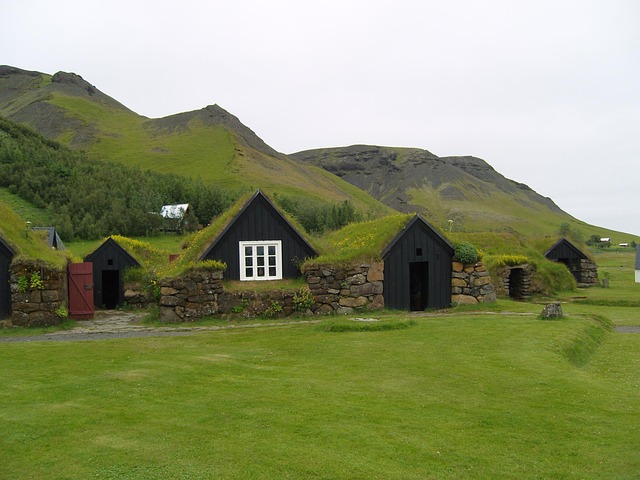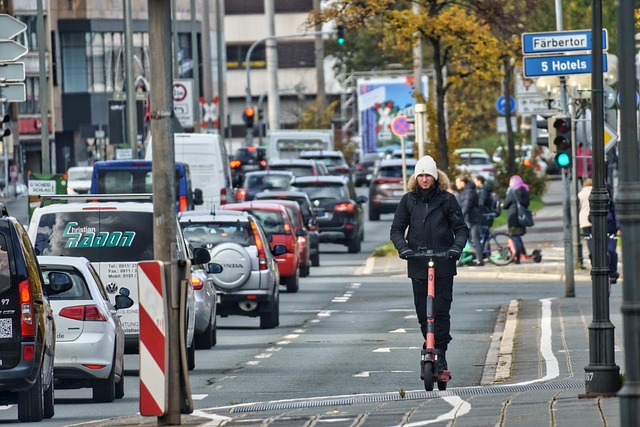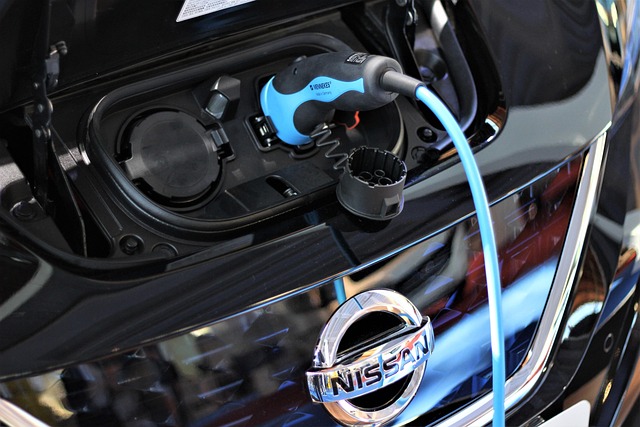In recent years, the concept of sustainability has gained momentum, reshaping our perceptions of how mobility interacts with our environment. A key player in this transformation is the idea of green areas. These spaces, often overlooked, are instrumental in fostering a sustainable future, particularly in the realm of transport and rural development.
Green areas, whether they are parks, gardens, or natural reserves, play a critical role in enhancing the quality of life for individuals living in rural communities. Their presence encourages active transportation modes such as walking and cycling. Not only does this promote physical health, but it also reduces reliance on fossil-fuel-driven vehicles, thereby minimizing carbon emissions. Incorporating more green areas into transport planning allows communities to embrace mobility that is both accessible and eco-friendly, cultivating a deeper connection with the surrounding environment.
Moreover, green areas contribute significantly to rural development by creating vital spaces for social interaction and community events. These spaces can host farmers’ markets, art fairs, and outdoor festivals, which not only promote local culture but also boost the local economy. Such activities draw visitors from outside the community, enhancing regional tourism and providing economic opportunities for small businesses. In this way, the development of green areas is not merely an aesthetic enhancement; it is a strategic investment in the sustainable future of rural locales.
Transport sustainability goes hand-in-hand with the development of green areas, as they encourage the use of public transport systems that integrate nature within urban infrastructure. Imagine a scenic bus route that weaves through lush parks or a train line that connects different rural areas while offering stunning views of green landscapes. Public transport systems that prioritize green areas can make commuting a more pleasant experience, promoting higher usage and reducing the number of vehicles on the road.
Furthermore, green areas can serve as crucial ecological corridors, preserving biodiversity and ensuring that wildlife coexists harmoniously with human activity. By maintaining these natural habitats, we not only enrich our surroundings but also create a more resilient ecosystem that supports sustainable transport systems. The interplay between these green spaces and transport routes can foster a safer environment for both pedestrians and cyclists, making the shift towards sustainable mobility even more compelling.
As we think of our future transportation networks, it is imperative to advocate for the integration of green areas in planning processes. This initiative should involve local communities in decision-making, ensuring that the benefits are felt by those who will use these spaces daily. By engaging with residents in rural areas, planners can identify the specific green areas that will enhance connectivity and promote sustainable transport, addressing both mobility and environmental concerns simultaneously.
Emerging technologies and innovations also offer exciting possibilities for enhancing the role of green areas in transport sustainability. Imagine green roofs on buses or solar-powered charging stations nestled among trees in parks, which can power electric vehicles as they recharge amid nature. These advancements can make green areas not just aesthetic improvements but functional components of our transport systems, promoting sustainability while making our communities more vibrant and alive.
In summary, green areas represent more than just plots of greenery in our landscapes; they are vital components in the quest for transport sustainability and rural development. By investing in and nurturing these spaces, we can cultivate an environment that encourages healthy lifestyles, strengthens communities, and fosters a sustainable future that is harmoniously integrated with nature.



